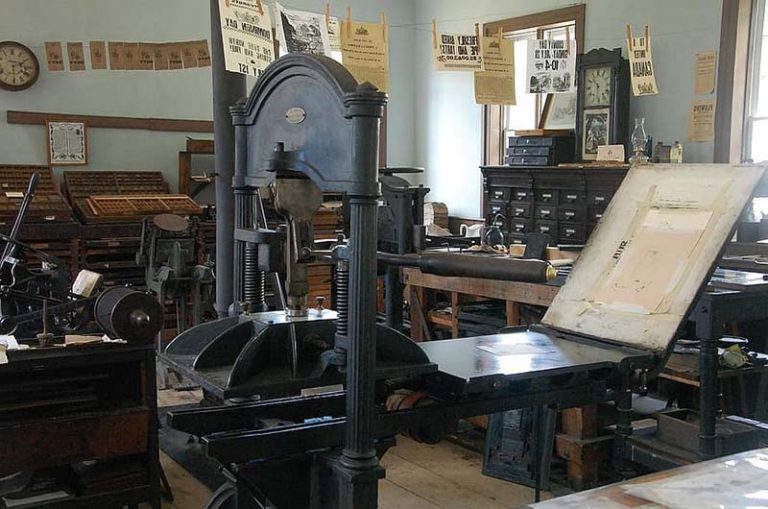The failure of public journalism to clearly define itself is a central issue for its critics, according to Haas and Steiner. While public journalism’s primary goal is to promote civic commitment and participation in democratic processes, there are many outstanding questions surrounding how it is different from other forms of journalism. Certainly, it is easy to find a credible foundation for this form of journalism, ranging from Habermas’s theories around the public sphere, to Fraser’s response to Habermas. It is possible to trace its source back to the Lippmann-Dewey debate about journalism’s democratic role. Even the 1947 Hutchinson Commission on the Freedom of the Press and Siebert’s account of social responsibility are at the root of public journalism. Still, it is not always clear how these ideas can be effectively operationalized in the context of mainstream journalism. Haas and Steiner present an effective list of studies where public journalism demonstrates it capacity to positively affect coverage and public participation; but there continues to be a lack of evidence to demonstrate who is benefiting and whether those benefits are truly being socially distributed.
The authors ably go through a series of criticisms around public journalism doing a credible job of defending it. In order for public journalism to be more widely accepted, it is necessary for its proponents to avoid boosterism and market-oriented projects that become lost in shallow attempts to engage only certain citizens and not entire communities. They also promote the importance of professional autonomy, while preserving and instilling a commitment to public service and respect for citizens. Here, the notion of representing a distinct counterpublic is vital, since it demonstrates a notion of journalists as facilitators of a broad discourse within a community on issues of importance to the local citizens. This does not suggest journalists must lose their autonomy, but allows them to engage citizenry as ideas, opinions, and solutions are discussed. Finally, the authors urge journalist to become more self-critical and encourage citizens to also engage in critiques of the press.
This is an excellent and well-considered response to the many critics of public journalism, including Robert Hackett and Michael Schudson, two of the harshest. The strength of this article is its summary of key criticism, as well as the logical responses. Despite their best efforts, it is difficult to support a rather weak response to the question of journalists becoming involved directly in problem-solving issues, a key part of public journalism projects. The authors suggest journalists can only be effective in resolving local issues, while regional, national and international issues may be better served by referring citizens to the appropriate agencies. Advocacy journalism has a long and distinguished history, but this goes far beyond the boundaries. It must be up to citizens to resolve their own issues and journalists to cover their efforts. When journalists cross the line and become advocates, then we take on a much different role that goes beyond journalism and into politics. The line must be drawn at facilitation. We can truly provide the space, both real and virtual, to mediate meaningful discourse. But, when we become advocates, then we lose an important component to our profession.
First posted: 7/31/07

